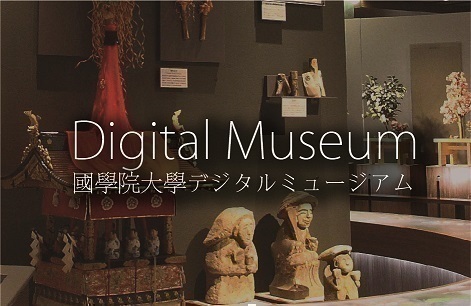- トップ
- Encyclopedia of Shinto
- Miyaza
Encyclopedia of Shinto
| Main Menu: | |
| Links: |
詳細表示 (Complete Article)
| カテゴリー1: | 6. Belief and Practice |
|---|---|
| カテゴリー2: | Associations and Organizations |
| Title | Miyaza |
| Text | The specially empowered festival group in the village concerned with shrine festivities. The words "za" and "zashū" can be seen in historical data from the eleventh century; however, the word miyaza cannot be found in historical data which can be verified to be from the medieval period, but it can be seen in early modern documents and records. It is thought to have originated as a name created by farmers; one that the Yoshida family would recognize as an official name. It is also thought that in the background of the word "za" there is a relationship to the za (guilds) that were developed in commerce, industry, and the arts in the period spanning the end of the ancient period and the beginning of the medieval period. However, in later centuries that word came to be understood as simply to mean a seat in the shrine. Due to the progress in the post-Meiji festival group researches, the word miyaza has become fixed as technical terminology. The words in the folk vocabulary that mean the same as miyaza are: matsuriza, zashū, miyakō, shinjikō, miyashū, kesshū, zakabu, miyamochi, shinkan, miyagumi, za nakama, and miyasuji, and so on. Presently, miyaza are mainly in the Kinki region, and while they are also distributed throughout Chūgoku, Shikoku, and Kita Kyūshū, there are few examples of them in Eastern Japan. When one looks at the historical changes of the miyaza, it appears that they were a group with officially recognized worship rights, which consisted of a clan of blood relatives who monopolized festivals and rituals. However, with the development of the village, the rights of festival and ritual were released from the limited range of the clan to include even the ordinary people of the village. The common opinion is that those rights were then transferred to a village guild. However, there also exists the possibility that even before the officially recognized worship group, a festival and ritual organization existed which had village guild characteristics, and was not fixed in a certain clan or family line. It is further thought that then, because of financial reasons and the like, certain constituents dropped out and the remaining members, strengthening the exclusive character and privileged nature of the group in order to preserve the miyaza, turned into a kabuza group. Moreover, due to economic changes in village society, that officially recognized group came to admit new members and the officially recognized right to belong to a miyaza, which was the qualification for membership, came to be buyable and sellable. Then, after a period of time, people formed miyaza different from the original stockholder group, and which were called things like hiraza, shinza, or waki and so on, so that at this juncture, what one can call quasi kabuza groups were being created. Thus, there is also this theory of development going from proto-guild to kabuza to quasi kabuza to village guild. Finally, the miyaza's usual mode of operation is based on a gerontocratic hierarchy, so that it is run by the elders at its center. — Iwai Hiroshi |




